The must-have new hardware synths for 2022
Gear Expo Summer 2022: We've got all the latest synth hardware in one place
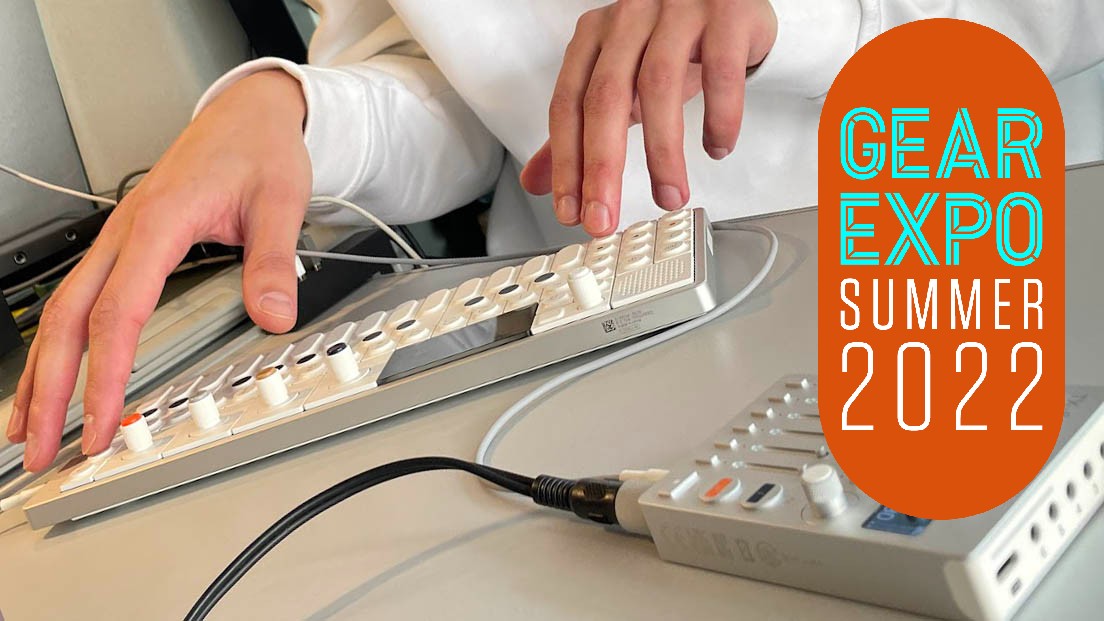
GEAR EXPO SUMMER 2022: If you're looking for the definitive round-up of everything new in the world of synth hardware then you've come to the right place. Whether you're upgrading your setup with a little new inspiration or taking your first steps in the world of the hardware, we've got the gear you need.
We've taken our pick of all the recent announcements from all the big names and lined up something for everyone, with a synth for every player and producer's, wants, needs and musical styles below.
From new classics, to the endless round of retro remakes, we've got you covered.
Oberheim OB-X8
Let's kick off with something pricey, but very welcome. The return of Oberheim has been a long time coming. The company announced its re-entry into the synth market earlier this year, after the brand name was returned to founder Tom Oberheim from Behringer back in 2021.
Created with input from Sequential’s Dave Smith and Focusrite – which acquired Sequential last year – the the OB-X8 takes the best bits of the company’s OB-X, OB-Xa and OB-8 - classic instruments from 1979 to 1985 - and packs them into a new eight-voice analogue synth for 2022.
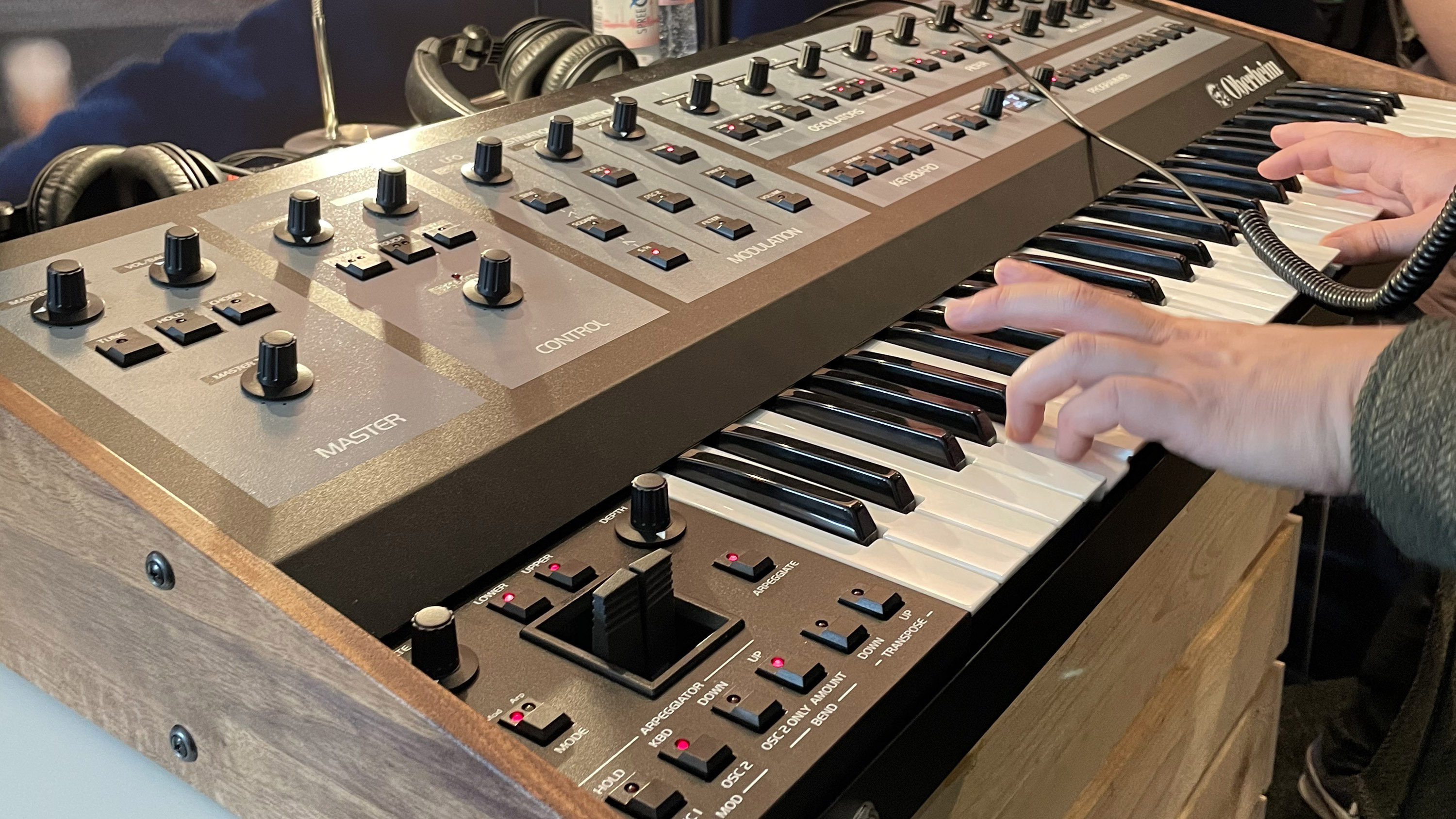
At $5000, the X8 is a top-end synthesizer, but in the flesh it justifies its price tag.
The walnut ends and vintage Oberheim styling come paired with conveniences brought over from Sequential’s modern line-up, such as full-channel aftertouch and a vintage control for dialling in analogue unpredictability. It sounds wonderful, too – meaty and rich in the way you expect an OB-branded synth to sound, but with added versatility. A welcome return indeed!
Get the MusicRadar Newsletter
Want all the hottest music and gear news, reviews, deals, features and more, direct to your inbox? Sign up here.
Teenage Engineering OP-1 Field
The legend is back. The OP-1 Field is essentially an expanded version of the quirky original synth that fast became the on-trend winner for discerning and stylish music makers. Now, not only is it back in stock and available to buy, but it's even better, too.
Like its predecessor, this is a compact digital instrument that spans the realms of synth, sampler, multitrack recorder, effect unit and controller - as well as including an FM radio. But, given that the first unit appeared way back in 2011, it's about time for a sequel.
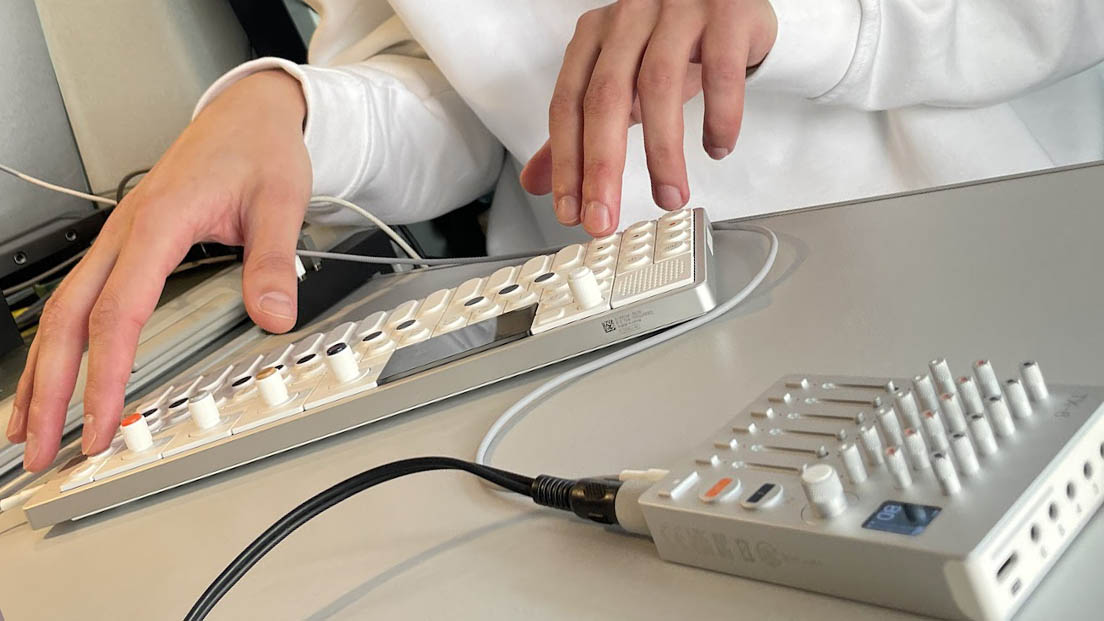
Its creators describe this follow-up as being “louder, thinner and 100 times better” - that number referring to the 100 new features that have apparently been added. These include an expanded synth engine, new speaker system and the ability to transmit, as well as receive, radio signals. These upgrades come at a price though, as the OP-1 Field will set you back £1,999 – well over twice the launch price of the original.
Waldorf Iridium
On the way from Waldorf is a keyboard version of its Iridium synth. What’s more, it comes with polyphonic aftertouch.
The Iridium Keyboard includes a 47-note Fatar TP/8SK keyboard, with the polyphonic aftertouch meaning that each note can respond to pressure individually when it’s applied after notes have been played. On a standard aftertouch keyboard, all notes respond in the same way.
The Iridium interface has also been given a makeover, and now offers a one-knob-per-function control panel. There are also six programmable Macro buttons.
Inspired by the PPG Wave synths of the past, the Iridium Keyboard features five different synthesis models for each of its three oscillators (wavetable, waveform, particle, resonator and kernels). There are also three stereo digital filters per voice, effects, six envelopes, six LFOs and more.
The mod matrix, meanwhile, offers 40 independent modulation assignments, each with individual settings for source, amount and destination. There’s support for MPE data, too.
Connectivity options include two audio inputs for processing external signals, CV inputs, gate and trigger in, clock I/O, USB and DIN MIDI, a USB host port, control and sustain pedal inputs, a headphone output with dedicated volume control and two audio outputs.
Iridium Keyboard is available via Waldorf dealers and costs €2,989. Find out more on the Waldorf website.
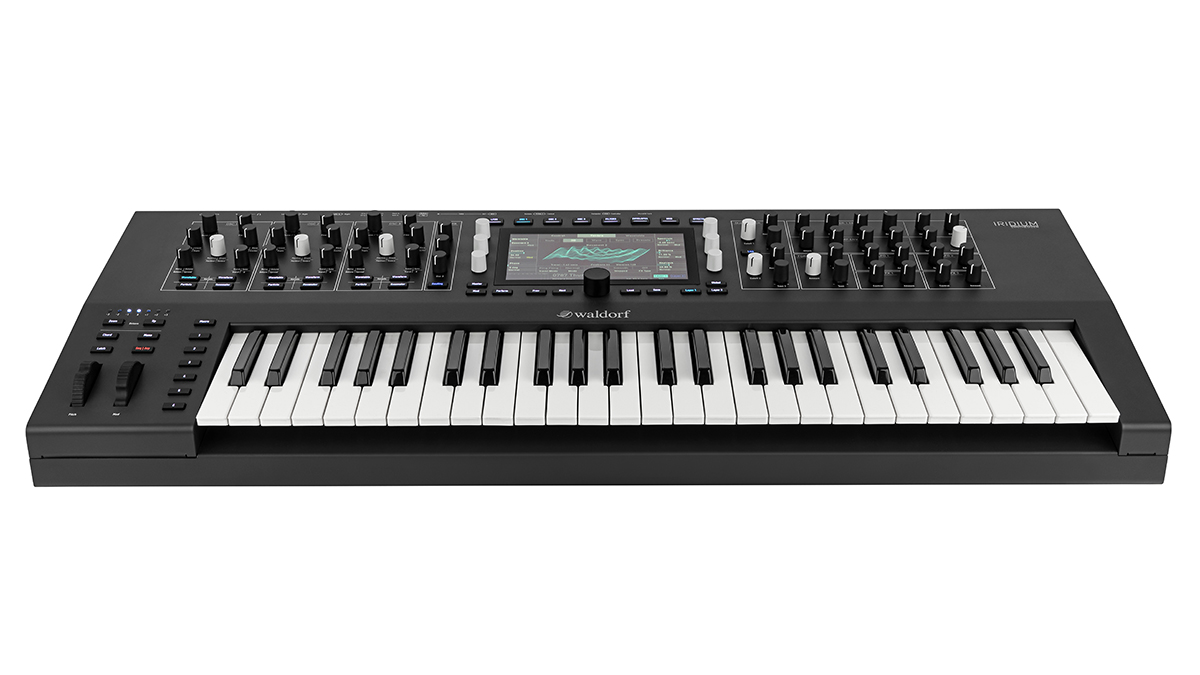
Korg NTS-2
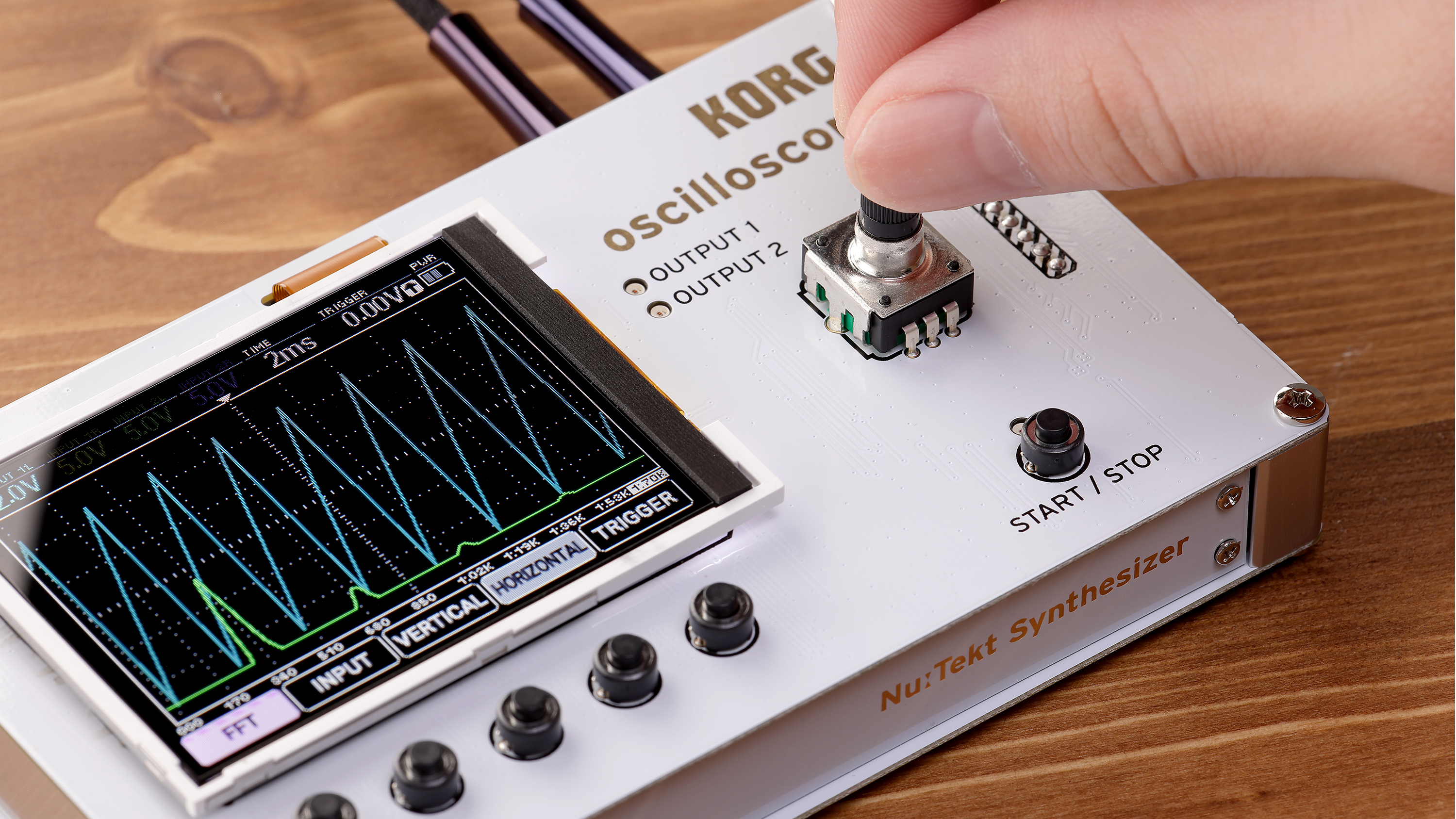
OK, not exactly a synth in conventional terms but given that it's coming from Korg and is a sequel to its NTS-1 build-it-yourself synth, it's certainly worth a mention here, even if the centrepiece of the hardware isn’t a synth engine but a 4-channel oscilloscope…
The NTS-2 offers dual stereo inputs, which enable you to study, compare and overlap up to four signals at once. There are multiple colour display modes, and an interface that can be navigated with menu buttons and a clickable encoder.
There’s also an FFT (Fast Fourier Transform) mode with a realtime spectrum analyser, along with a dual waveform generator. Each of the two oscillators can create sine, square, triangle, sawtooth, pulse and noise waveforms.
As well as being used as audio, these sounds can also be employed as control voltage sources and set to cycle continuously or operate as one-shot impulses. This means that you can turn them into LFOs, envelopes, triggers, and control voltage generators, making the NTS-2 a potentially useful partner for any patchable synth.
The NTS-2’s slightly unusual feature set is topped off by a tuner that offers multiple display modes. The end result is what Korg is calling a studio Swiss Army Knife for musicians.
You’ll need to build the NTS-2 yourself, but based on our experience with the NTS-1, this will be quick and easy.
We’re still waiting on a price for the NTS-2, and it won’t be available until early summer, but you can find out more on the Korg website.
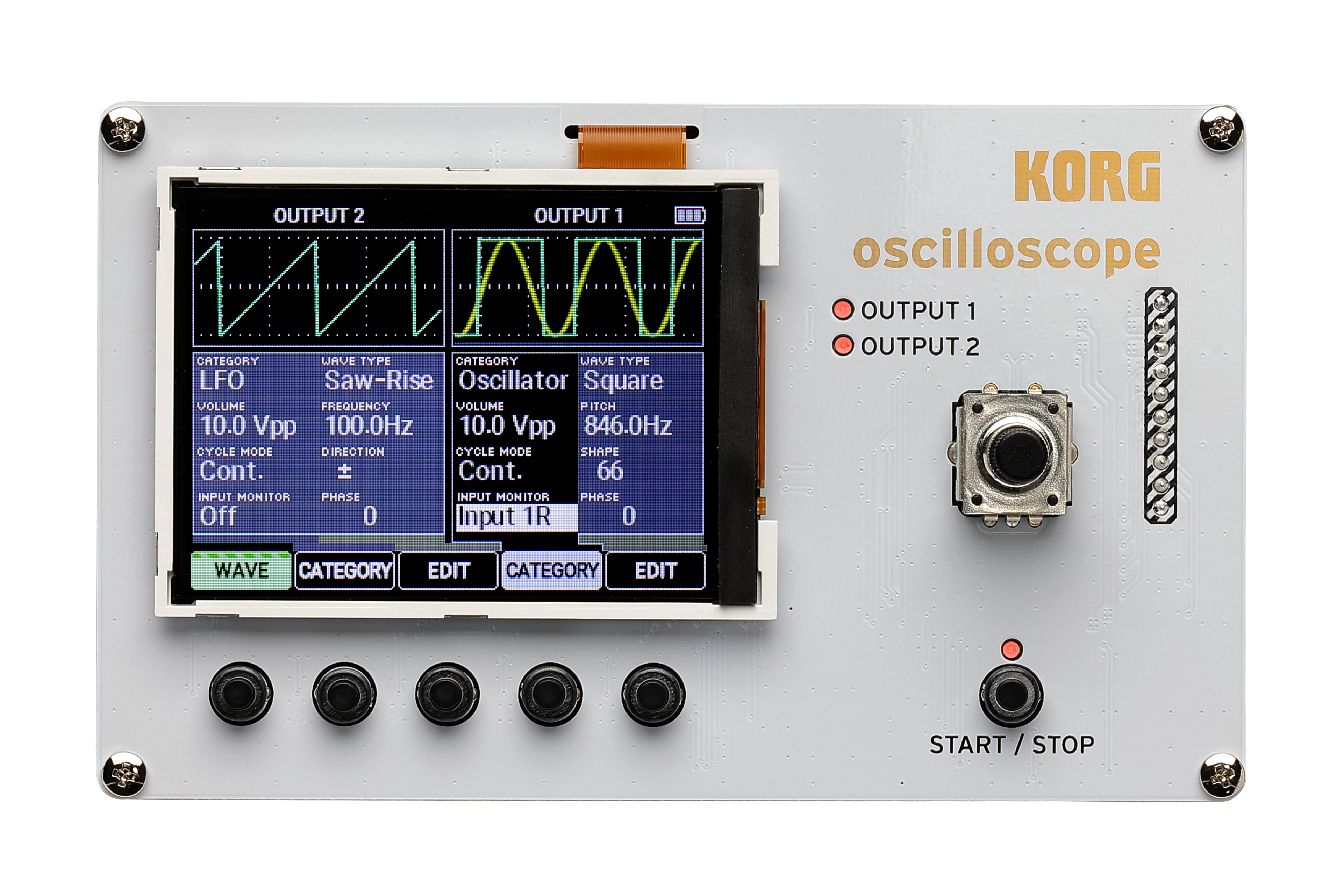
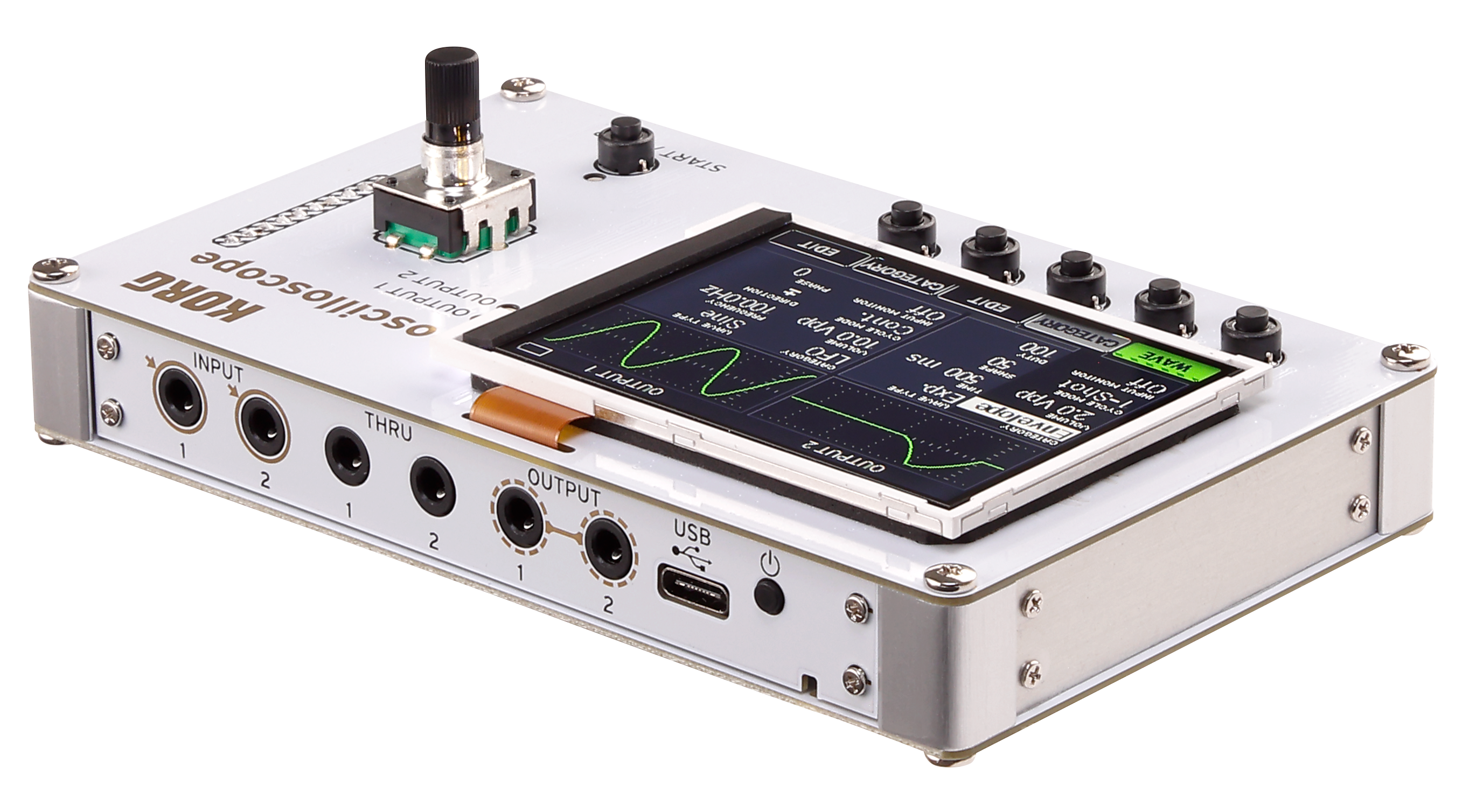
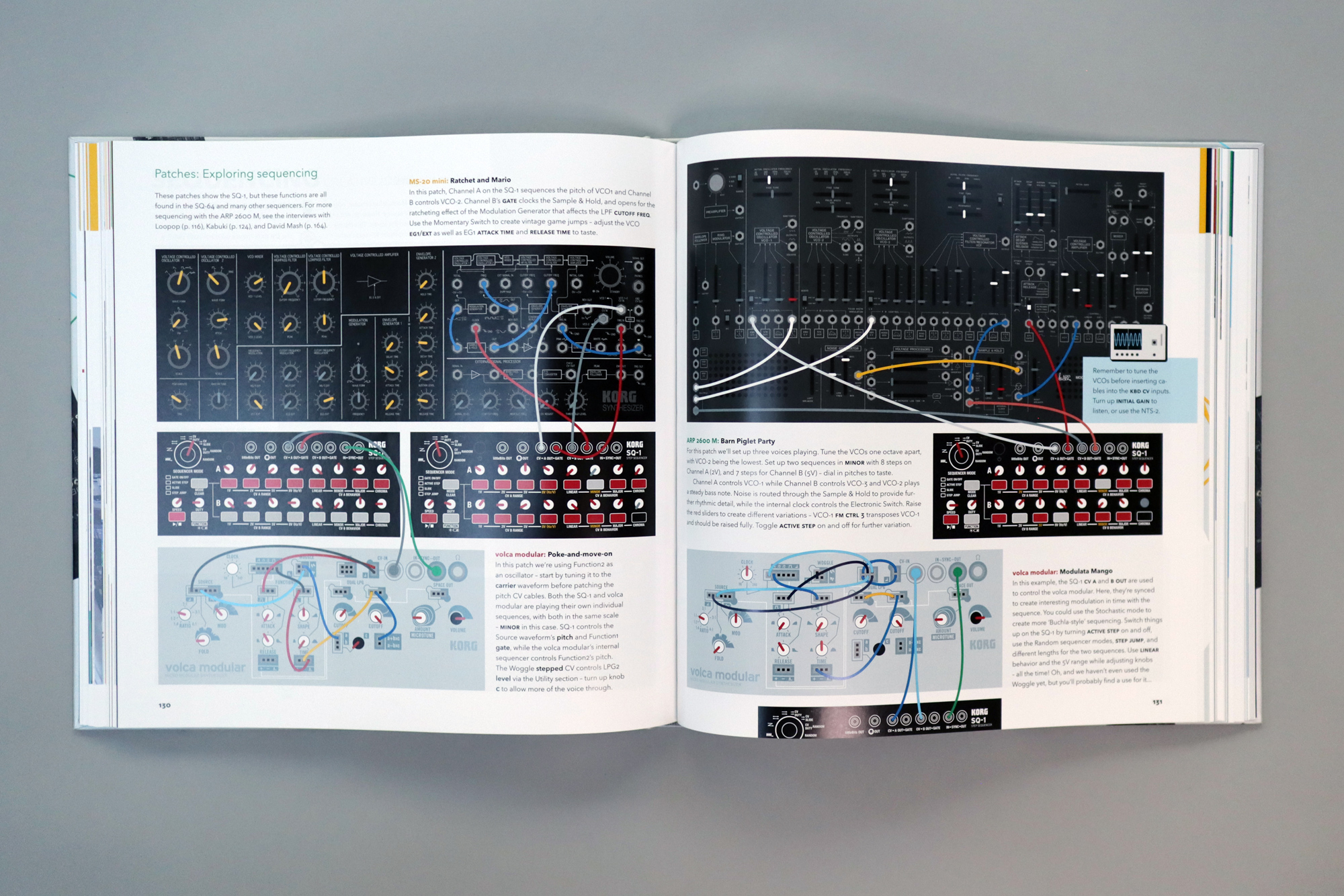
Roland Aira Compact
Roland’s Aira instrument range is being expanded once again with the launch of three ‘Compact’ instruments that draw on the company’s rich heritage: the T-8 Beat Machine; J-6 Chord Synthesizer; and E-4 Voice Tweaker.
These are “fun, affordable, and easy to learn” boxes that are designed to be used either individually or together, in a similar way to Korg’s Volcas. This being Roland, though, everything is completely digital.
Once again, Roland’s Analog Circuit Behaviour (ACB) technology is in play, and each model comes with a built-in rechargeable battery that promises plenty of run time.
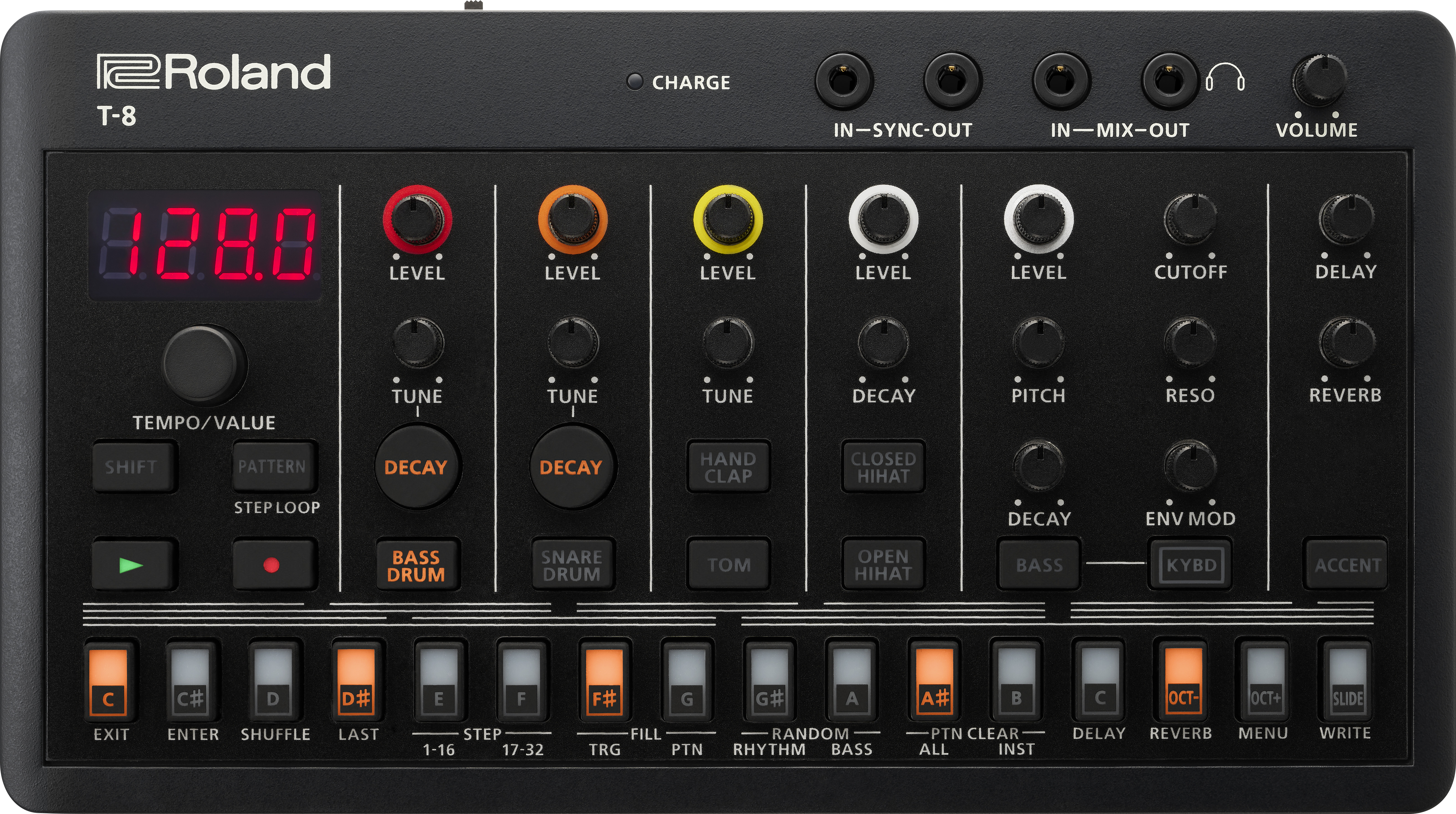
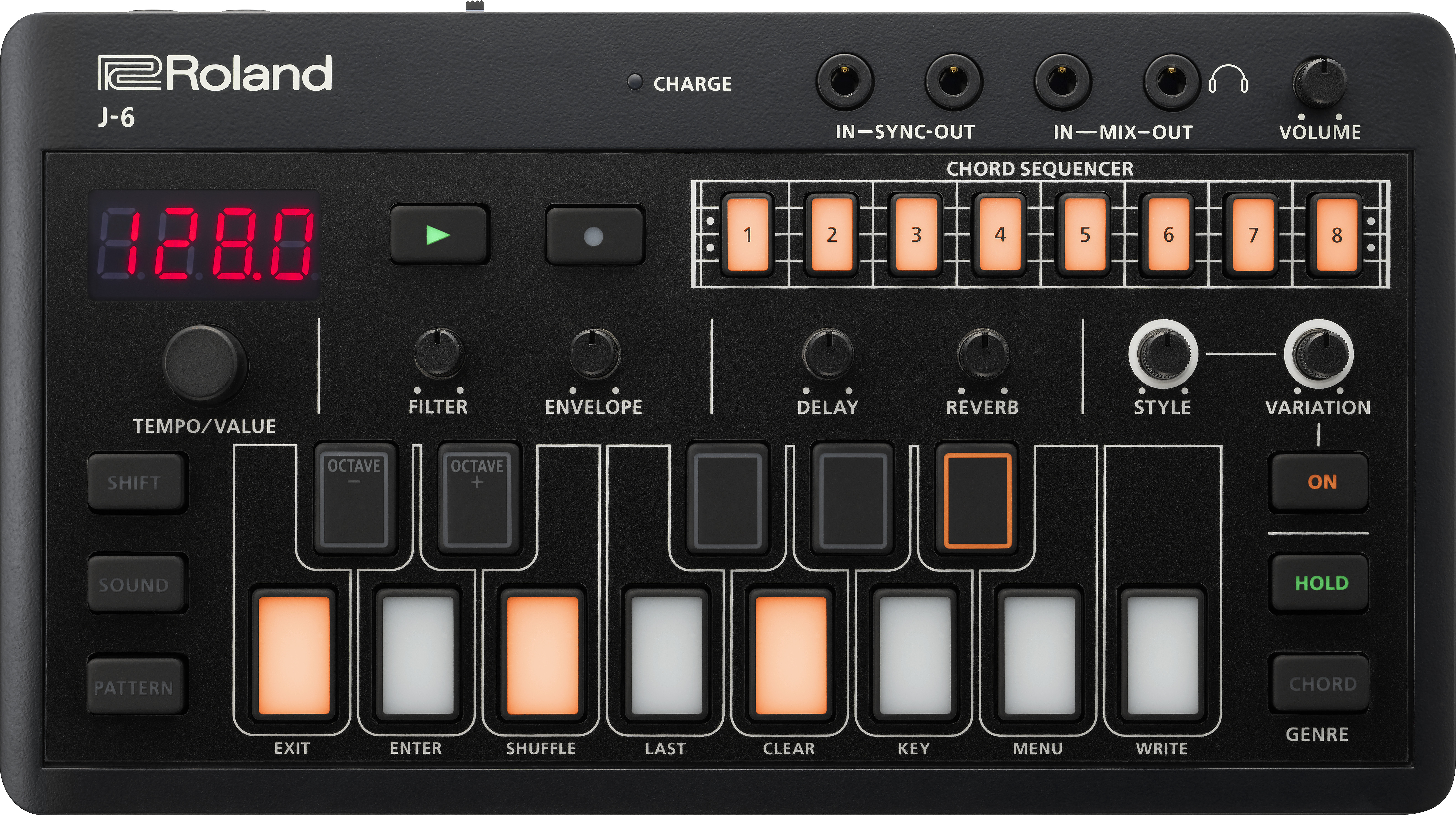

The T-8 looks like the most straightforward of the three: it’s a six-track drum machine that includes sounds from the TR-808, TR-909 and TR-606. You also get a bass part based on the TB-303, taking the device tentatively into groovebox territory.
The J-6 Chord Synthesizer is arguably a more curious proposition - it blends a Juno-60 synth engine (presumably the same one as you’ll find in the Boutique JU-60a) with a chord sequencer. 100 chord sets are included, with each enabling you to trigger chords and create progressions using the built-in keyboard. You can also dial in variations (arpeggios and guitar-style playing, for example). Of course, you could just use the J-6 as a synth though beyond choosing the sound itself, editing is limited to filter and envelope controls.
The E-4 Voice Tweaker is a compact vocal effects box that promises everything from standard processors to full-on vocal transformers. There are pitch and formant sliders for instant gender switching and robot voice effects (among other things), and you also get the customary automatic pitching/harmonising and vocoder options.
The three Aira Compact devices are available now priced at $200 each. Find out more on the Roland website.
Behringer UB-Xa
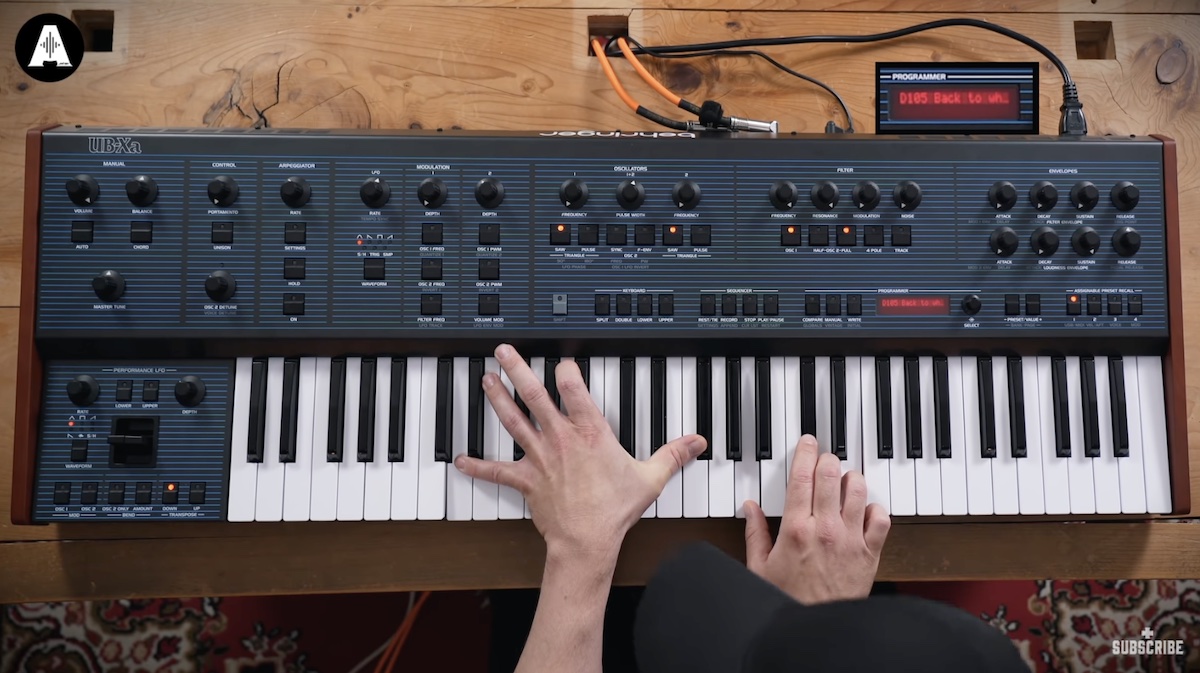
Ah, Behringer. Where would we be without its endless cavalcade of remakes that deliver clones of all our favourite synths from times gone by.
(Or at least when the leaks and announcements actually translate into finished, for sale product, that is.)
And 2022's rack of promises shows no signs of abating. By all accounts we should prepare for all of the below excitement, starting with the UB-Xa.
Behringer has been teasing its Oberheim clone for what seems like years - in fact, it is years - but we finally have concrete evidence that the UB-Xa lives.
That said, a release date hasn’t yet been confirmed, but we’re assured that the UB-Xa will come in at less than $1,500, which is less than a third of the price of Oberheim’s new OB-X8.
Behringer MS-5
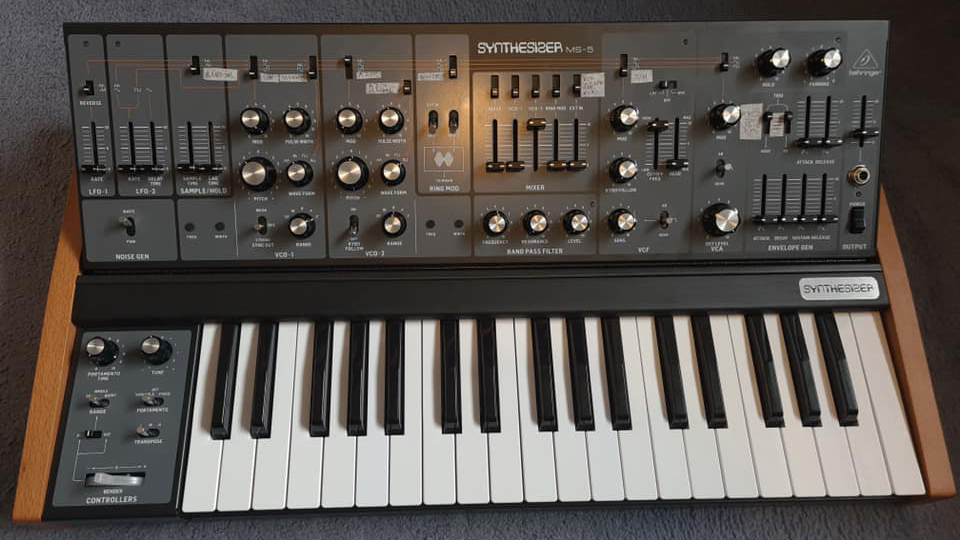
Unveiled in typical Behringer fashion through a social media post, the MS-5 seems to be a faithful recreation of the 1976 Roland SH-5.
Thought by many to be one of the finest instruments in Roland's SH series, the SH-5 is an analogue monophonic synthesizer with plenty to offer. Two analogue oscillators, two filters, two LFOs, white and pink noise generators and an excellent ring modulator provide ample opportunity for sonic manipulation.
However, it's the SH-5's versatile signal path, which enables users to mix five audio sources individually through the onboard mixer and route external audio through the filters and ring mod, that helps it stand out. Behringer's emulation is likely to replicate these features, with the addition of a few modern touches.
Behringer Spirit and Soul synths

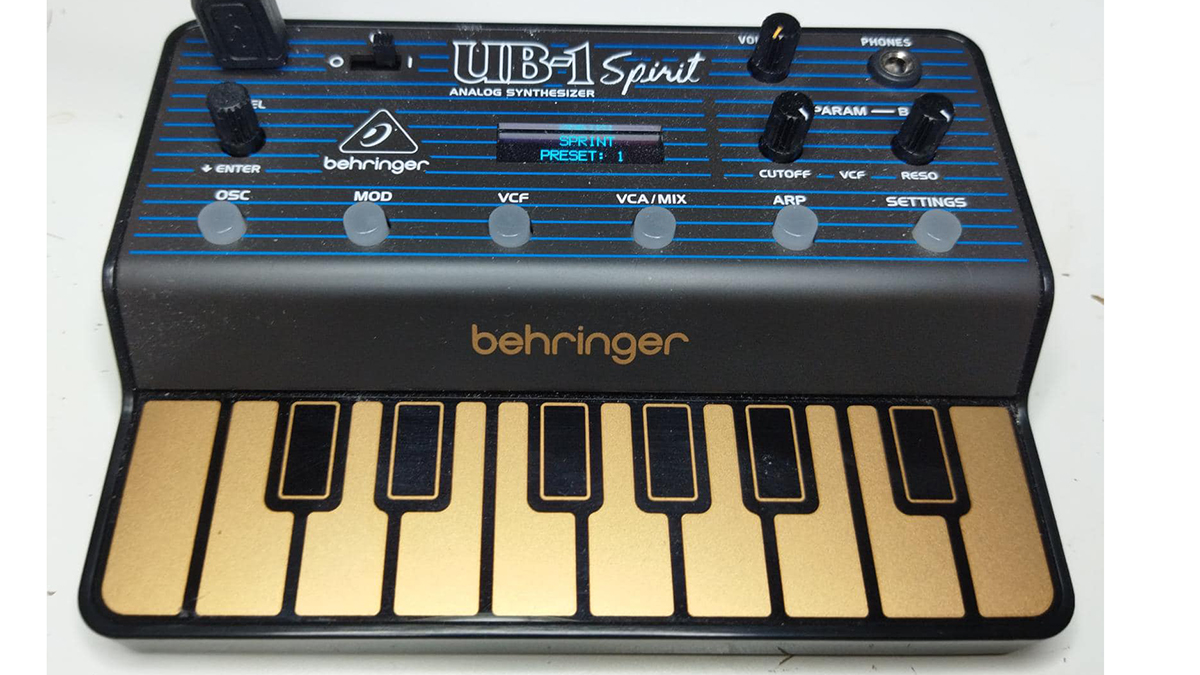
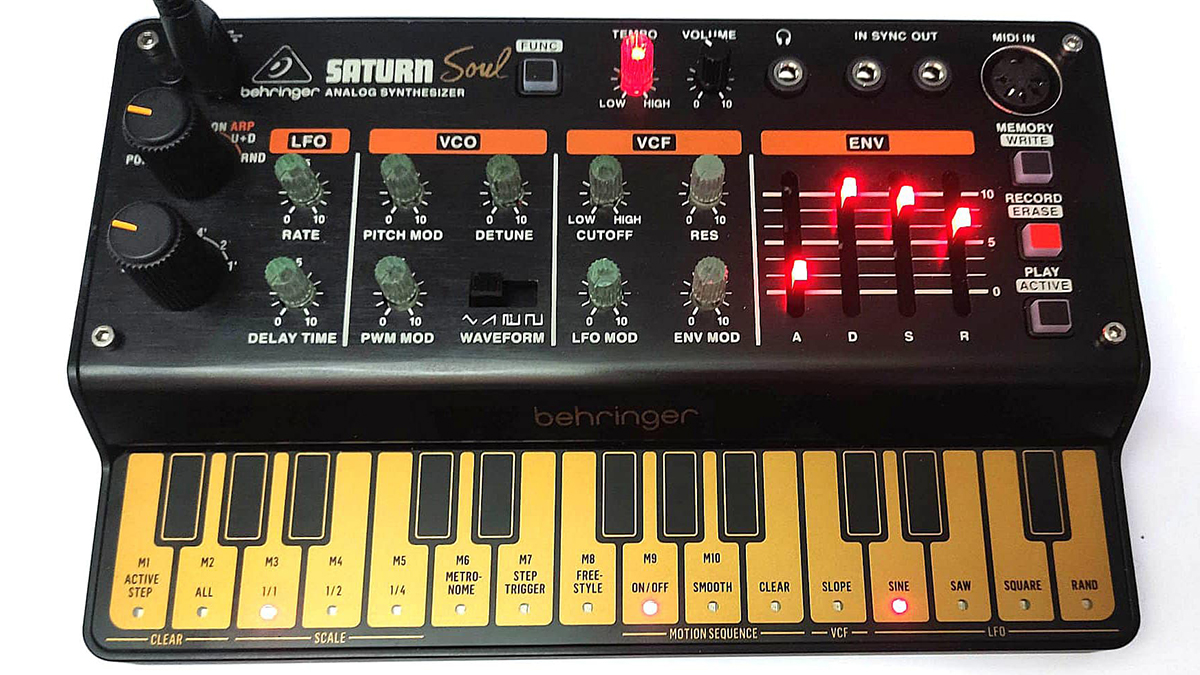
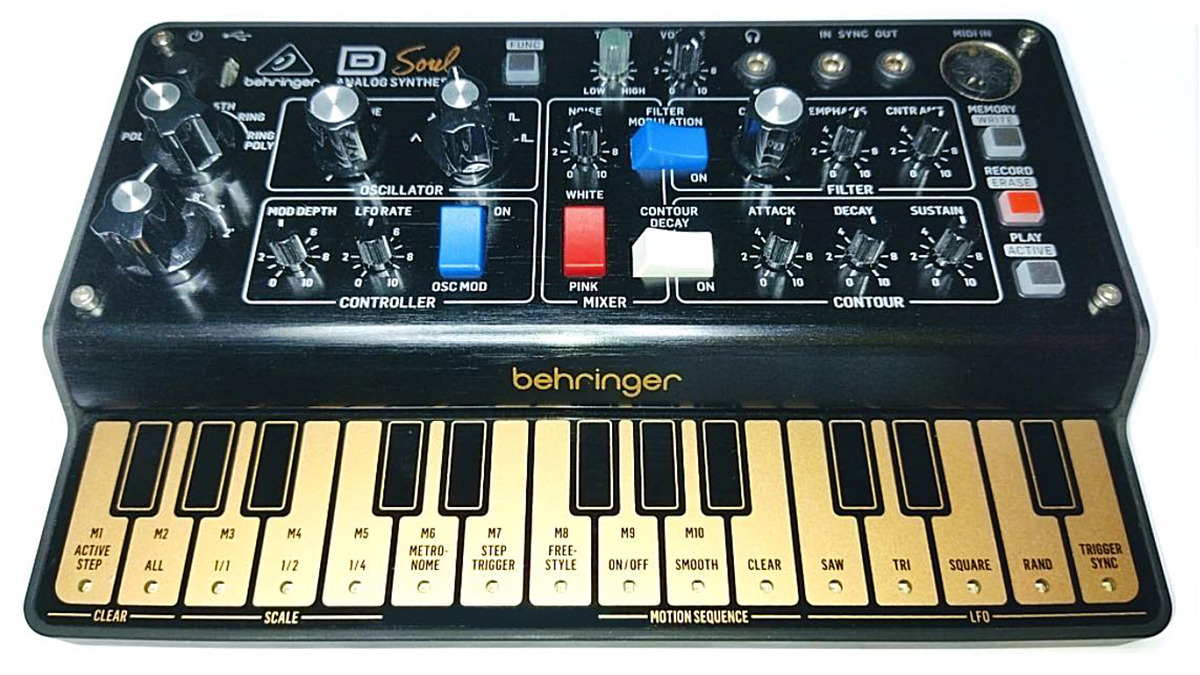
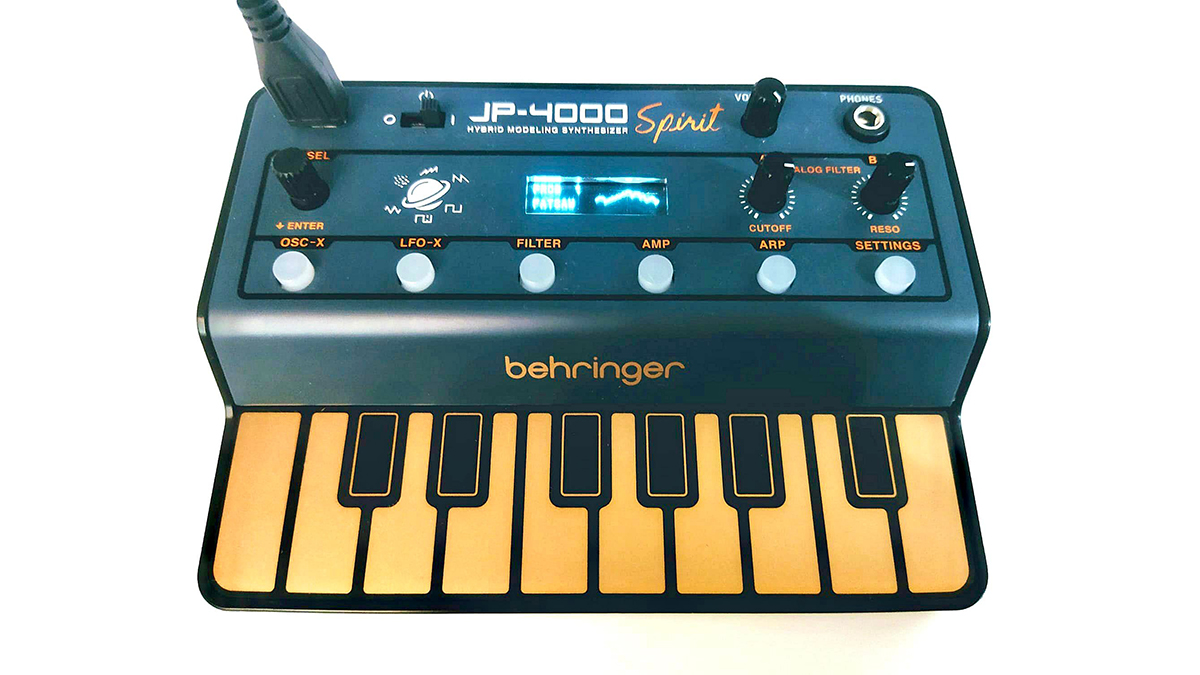
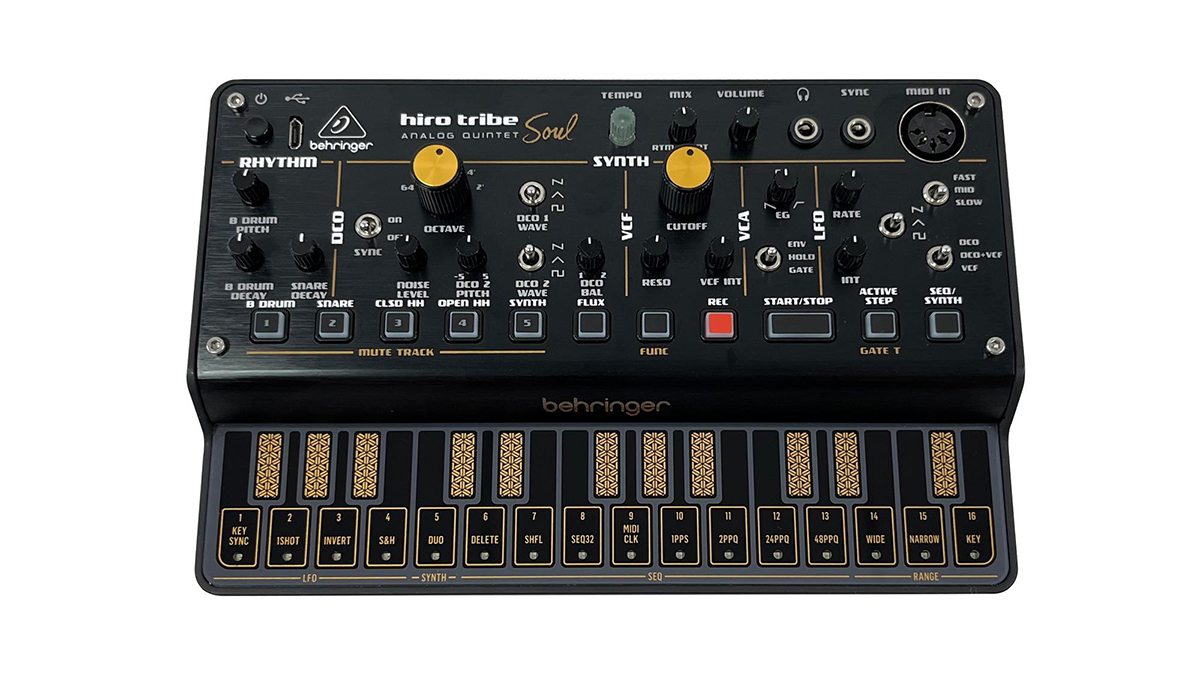
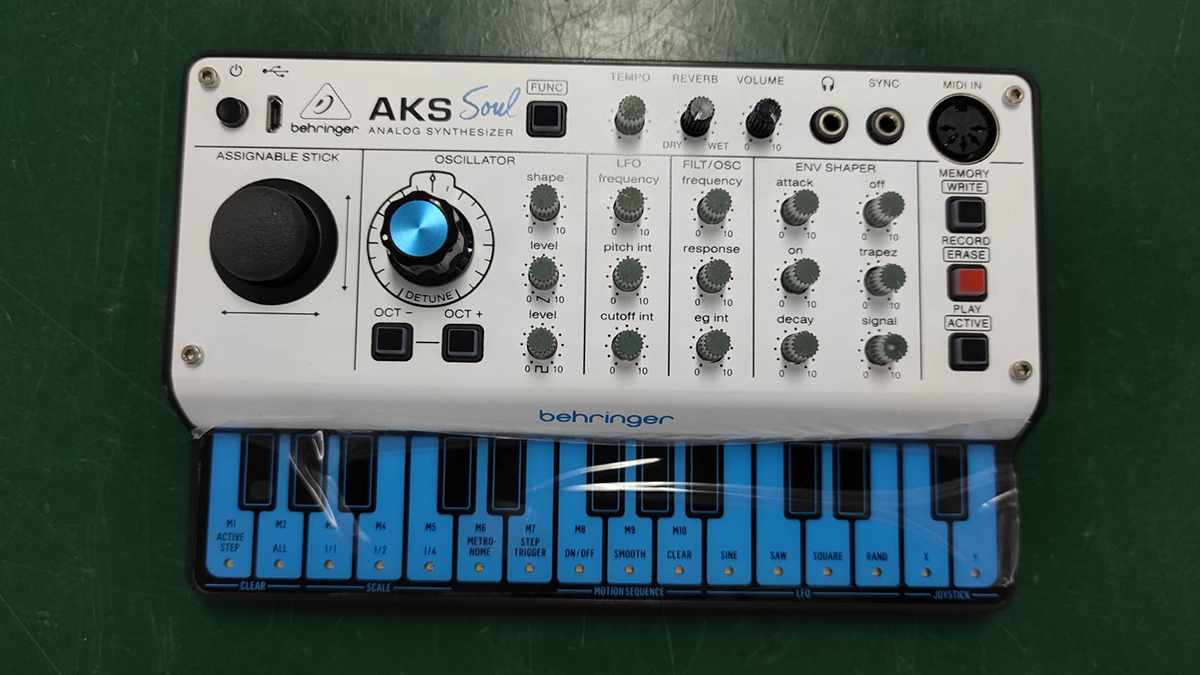
Next comes Behringer's range of clones packed into Roland Boutique-style miniboxes with simple, flat-panel keyboards. Full gallery above.
The range alternates between 'Spirit' models – yours for just $49 – and 'Soul' models, which are a slightly pricier $99 but come with a slightly larger (flat) keyboard.
Behringer has wasted no time in announcing faithful clones of the Sequential Prophet VS (appearing as the Pro VS Soul), the Oberheim OB (appearing in monophonic form as the UB-1 Spirit) , the Roland Jupiter-8 (appearing as the Saturn), Moog Minimoog (appearing as the Model D Soul), Roland JP-8000 (appearing as the JP-4000 Spirit), and the Korg Monotribe (appearing in a new synth 'inspired by' the original unit, the Hirotribe Soul). Finally, there's the big B's take on the EMS VCS3 which was one of the first portable synths. However, compared to Behringer's AKS Soul it’s a giant.
Oh, and it's also working on a full-scale VCS3 clone - complete with the classic ‘suitcase’ design. Phew…
Groove Synthesis 3rd Wave
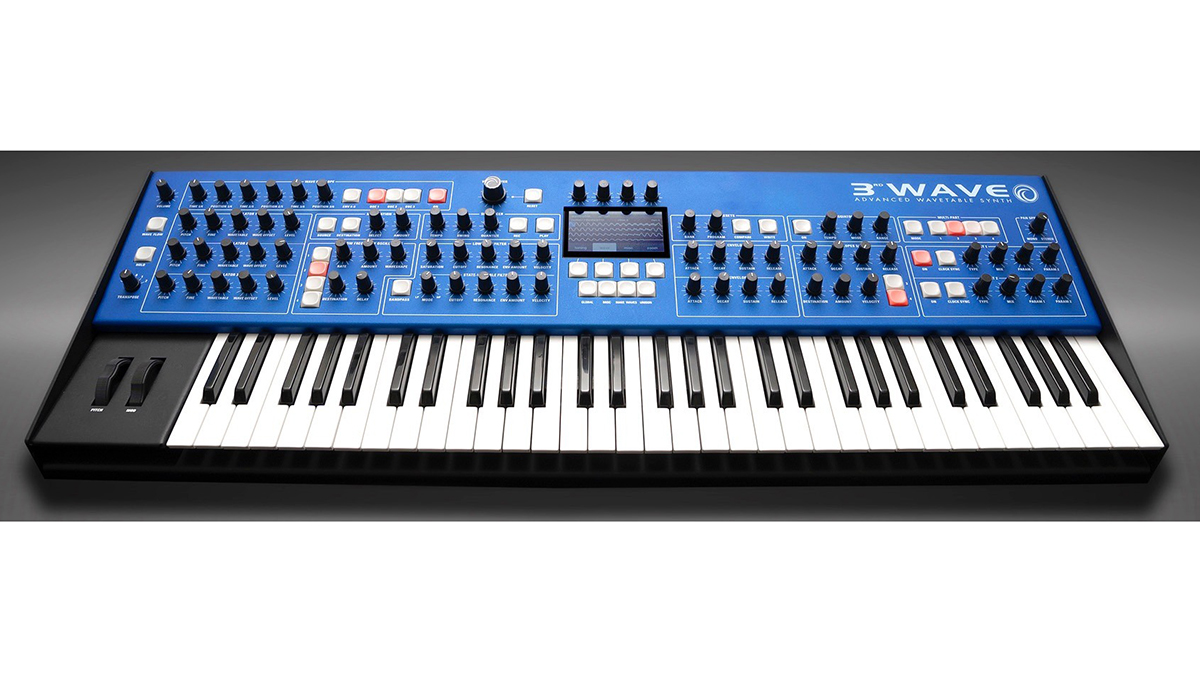
If you’re going to create a blue wavetable synth, it’s pretty obvious that it’s going to be compared to the classic PPG Wave, so we don’t think we’re being outlandish when we suggest that Groove Synthesis’ 3rd Wave instrument is going to take a certain amount of inspiration from Wolfgang Palm’s ‘80s classic.
There’s also that name to consider: the final iteration of the PPG Wave was version 2.3, so maybe this represents a stab at creating a version 3.
Little is known about the synth at this stage, as all we have to go on is a website holding page and a few snippets on forums, plus a new Instagram video from synth guru Peff (Kurt Karasaki) that indicates that he may be creating some presets for it.
Donner B1
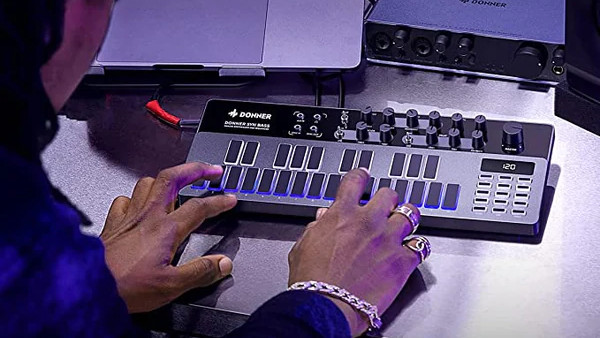
Already known for its guitar and piano products, budget brand Donner is now getting into the synth market. The new B1 is set to operate at the lower end of both the price and frequency spectrum, being an affordable single-oscillator analogue bass synth in the vein of the Roland TB-303.
The B1 comes with a built-in sequencer, and can also be triggered via MIDI or by using the silicone keyboard. It looks like you can choose between sawtooth and square waveforms, and there’s also a filter with cutoff, resonance and depth controls. Saturation and delay effects are here, too.
The B1 can be ordered now and costs $169 - more, it has to be said, than Behringer’s similarly spec-d TD-3. However, Donner says that the B1 benefits from having a “beginner-friendly” interface, with an “optimised sequencer” that’s easy to use.
You can find out more on the Donner website.
Modal Electronics Cobalt5S
Modal Electronics is flexing its virtual analogue muscles once again with the launch of the Cobalt5S, a “go-anywhere” synth that’s designed with portability in mind.
The Cobalt5S has a 37-note mini keyboard with aftertouch and offers five voices, two independent algorithm groups and up to eight oscillators per voice. There are 40 algorithms here, too, including sync, ring modulation and waveform morphing.
The self-oscillating 4-pole morphable ladder filter is the same as the one featured in the Cobalt8, while three envelopes can be used on the filter, amp or modulation destinations. There’s one polyphonic LFO and one global LFO, along with an 8-slot modulation matrix.
The Cobalt5S will be available within the next couple of weeks priced at $449/£379/€449. Find out more on the Modal Electronics website.
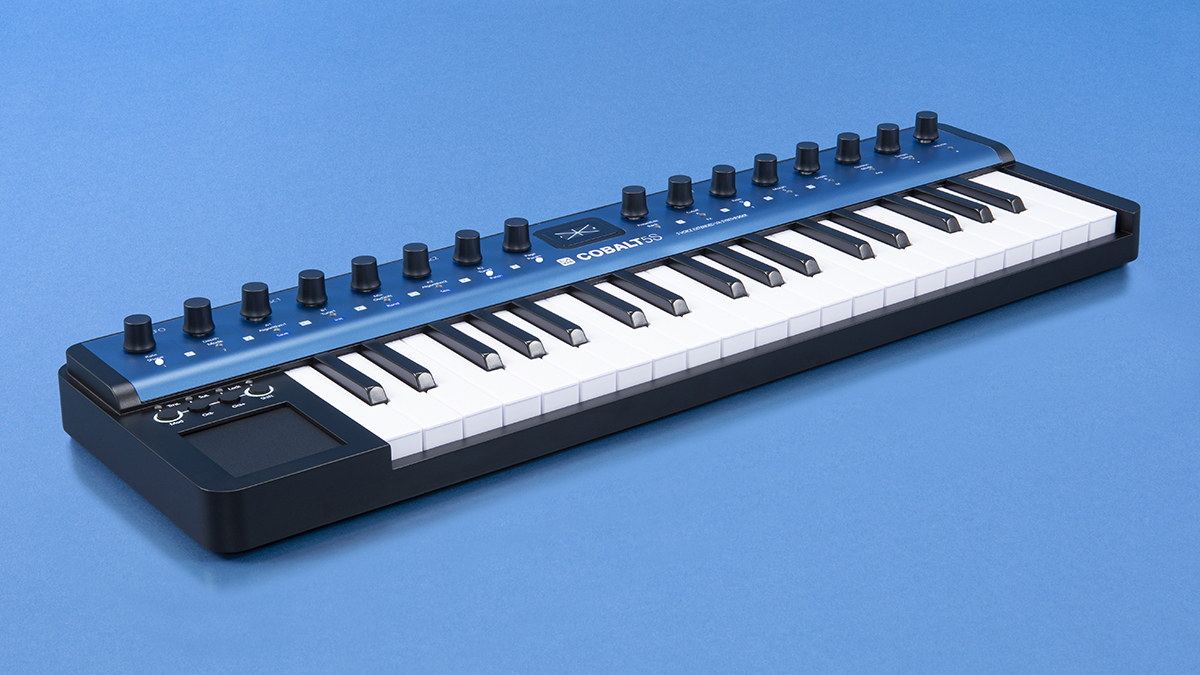
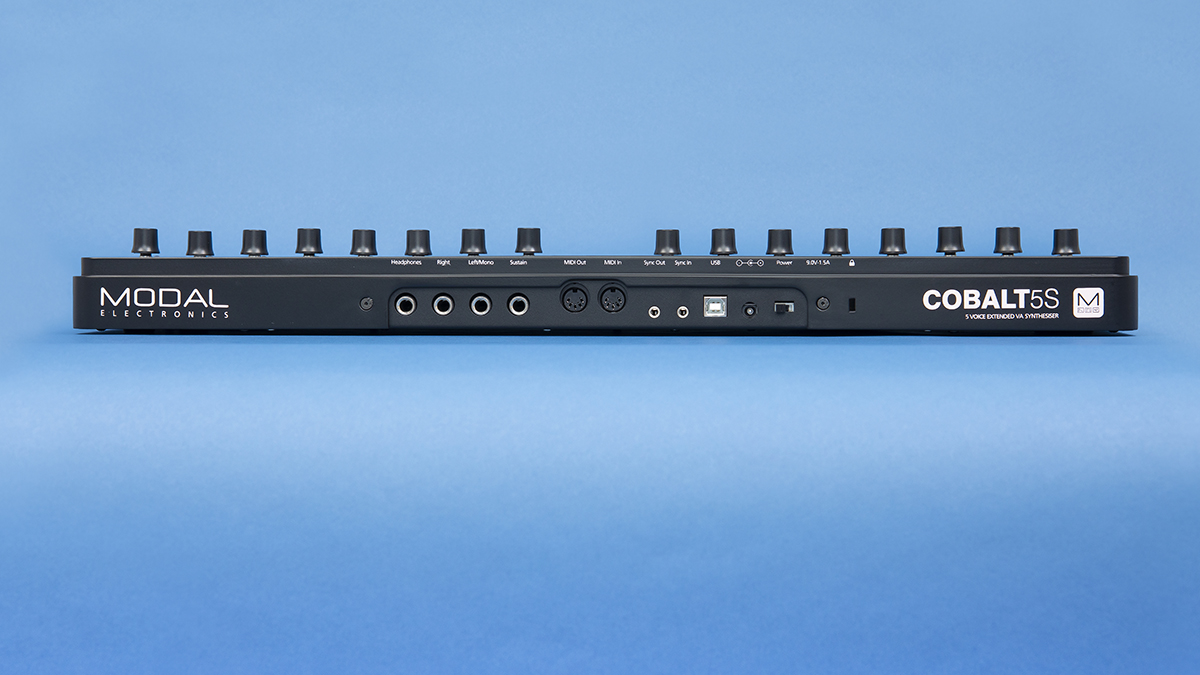
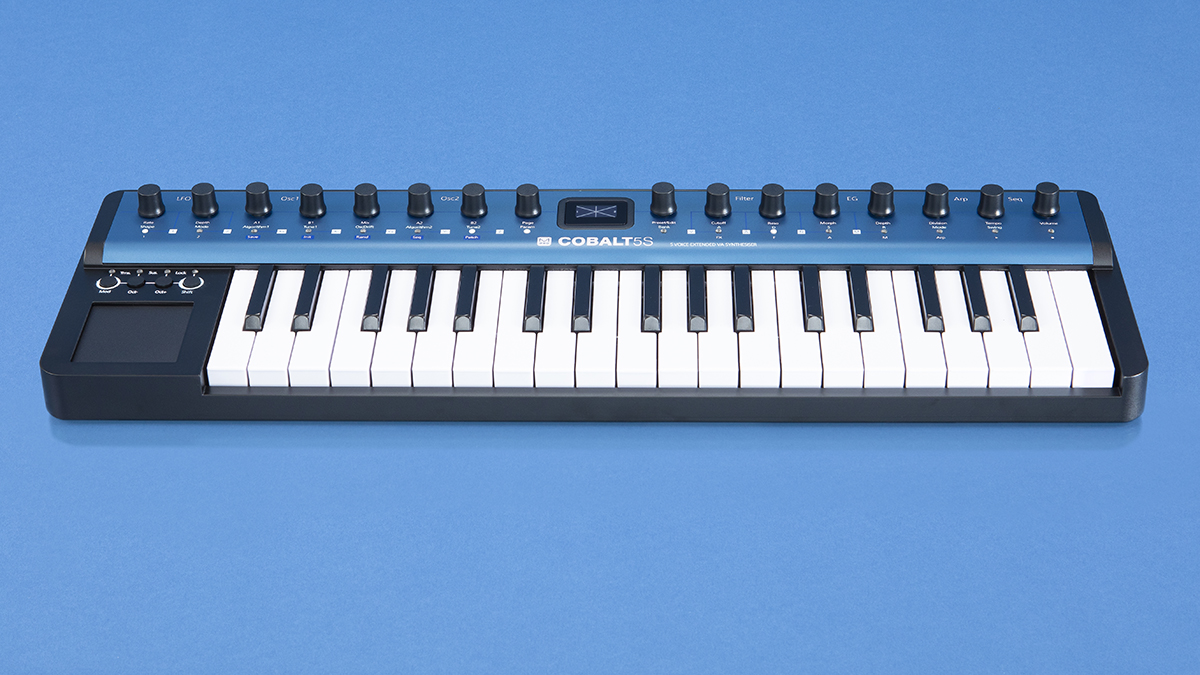
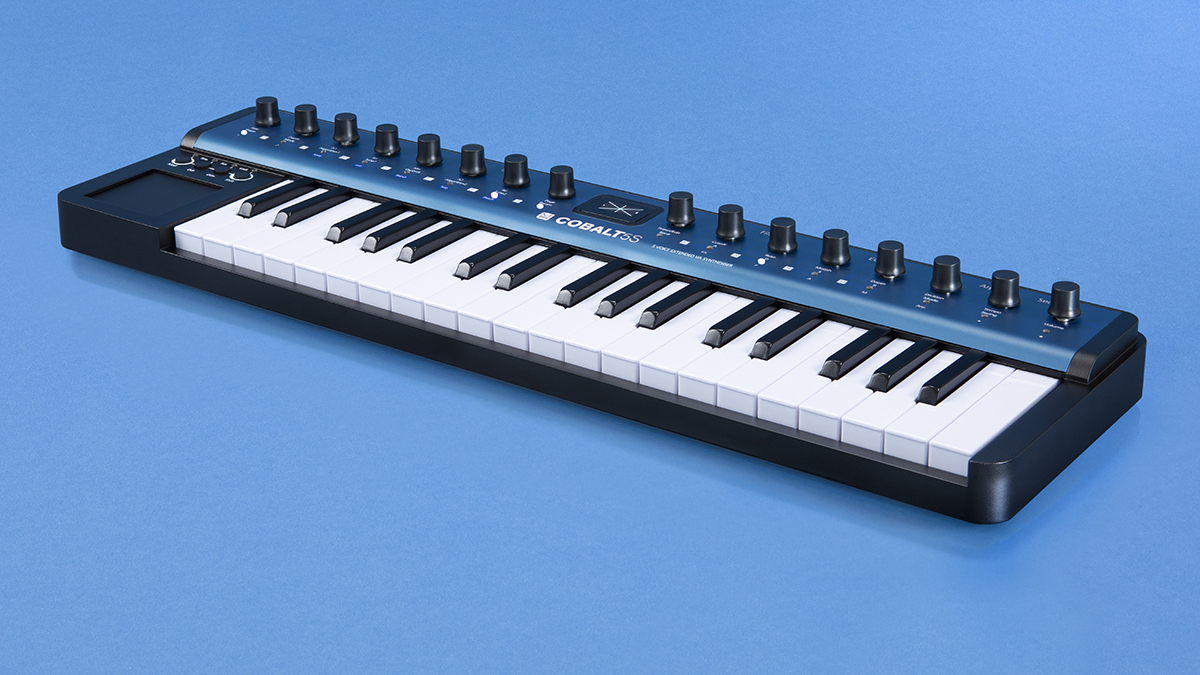
Looking for more great new gear? Get all our round-up, news, features, tutorials, tips and more at our Gear Expo Summer 2022 hub page.
Daniel Griffiths is a veteran journalist who has worked on some of the biggest entertainment, tech and home brands in the world. He's interviewed countless big names, and covered countless new releases in the fields of music, videogames, movies, tech, gadgets, home improvement, self build, interiors and garden design. He’s the ex-Editor of Future Music and ex-Group Editor-in-Chief of Electronic Musician, Guitarist, Guitar World, Computer Music and more. He renovates property and writes for MusicRadar.com.








![PRS Archon Classic and Mark Tremonti MT 15 v2: the newly redesigned tube amps offer a host of new features and tones, with the Alter Bridge guitarist's new lunchbox head [right] featuring the Overdrive channel from his MT 100 head, and there's a half-power switch, too.](https://cdn.mos.cms.futurecdn.net/FD37q5pRLCQDhCpT8y94Zi.jpg)

